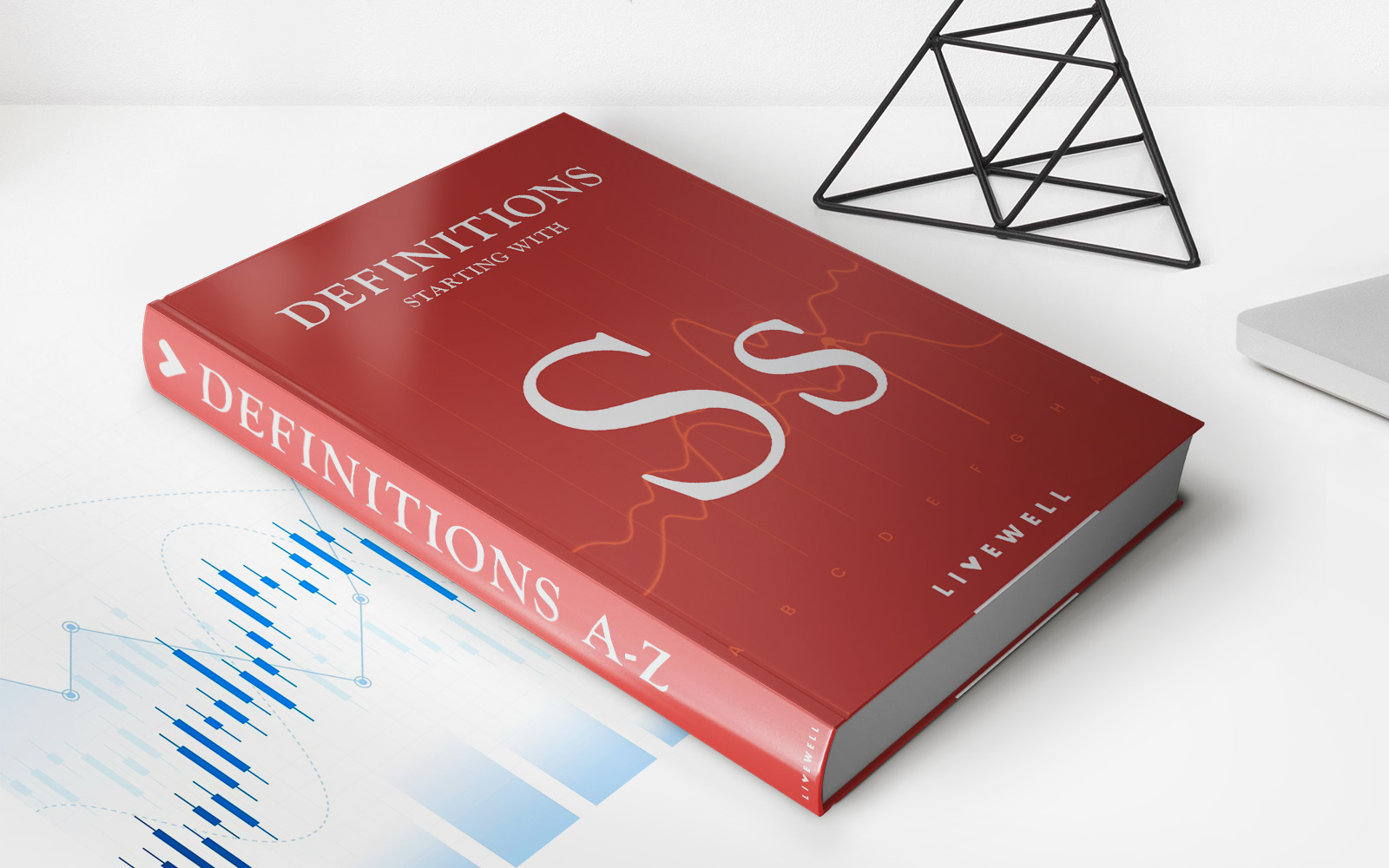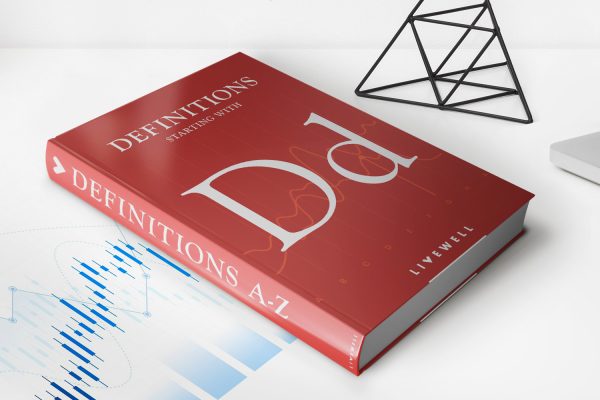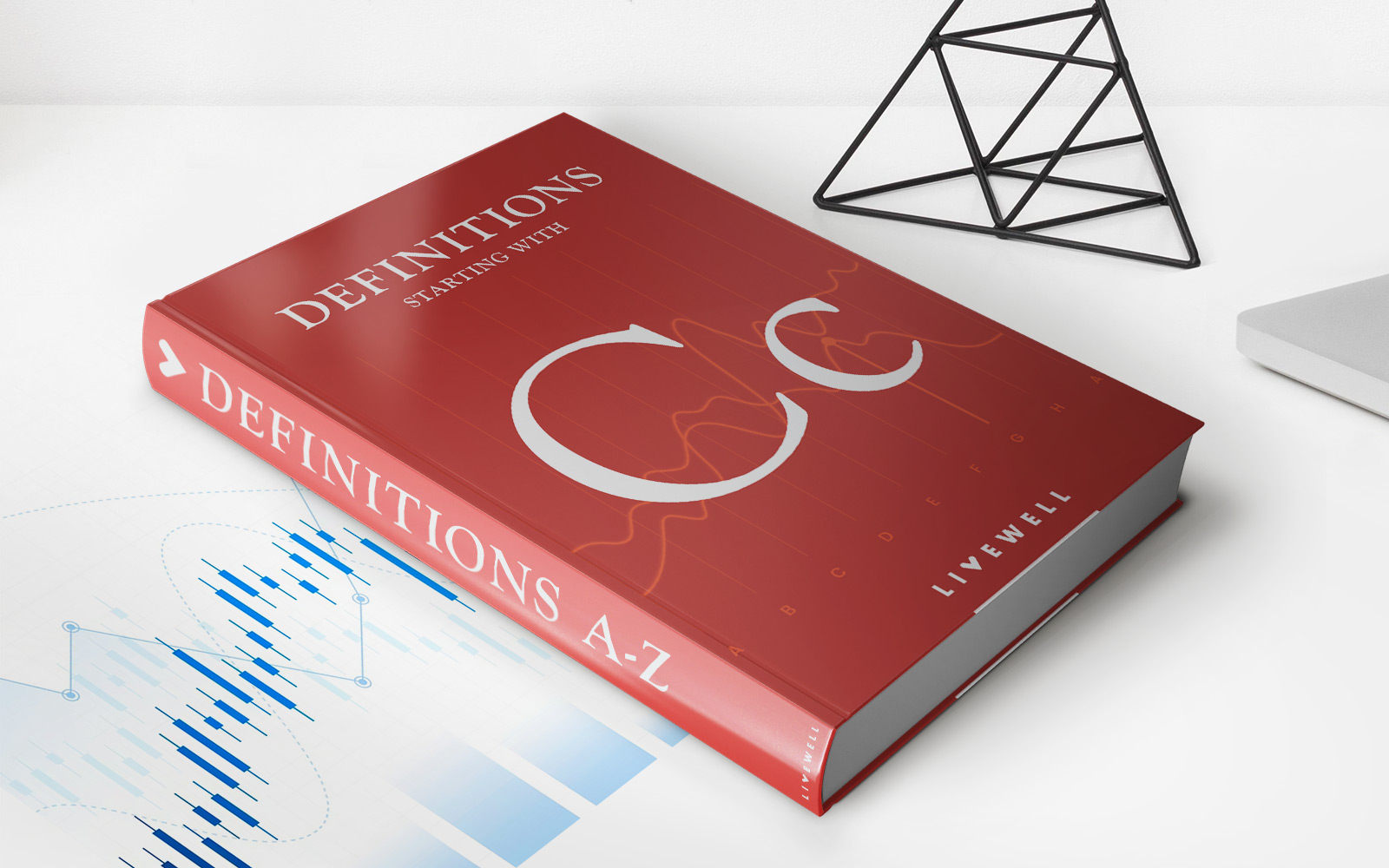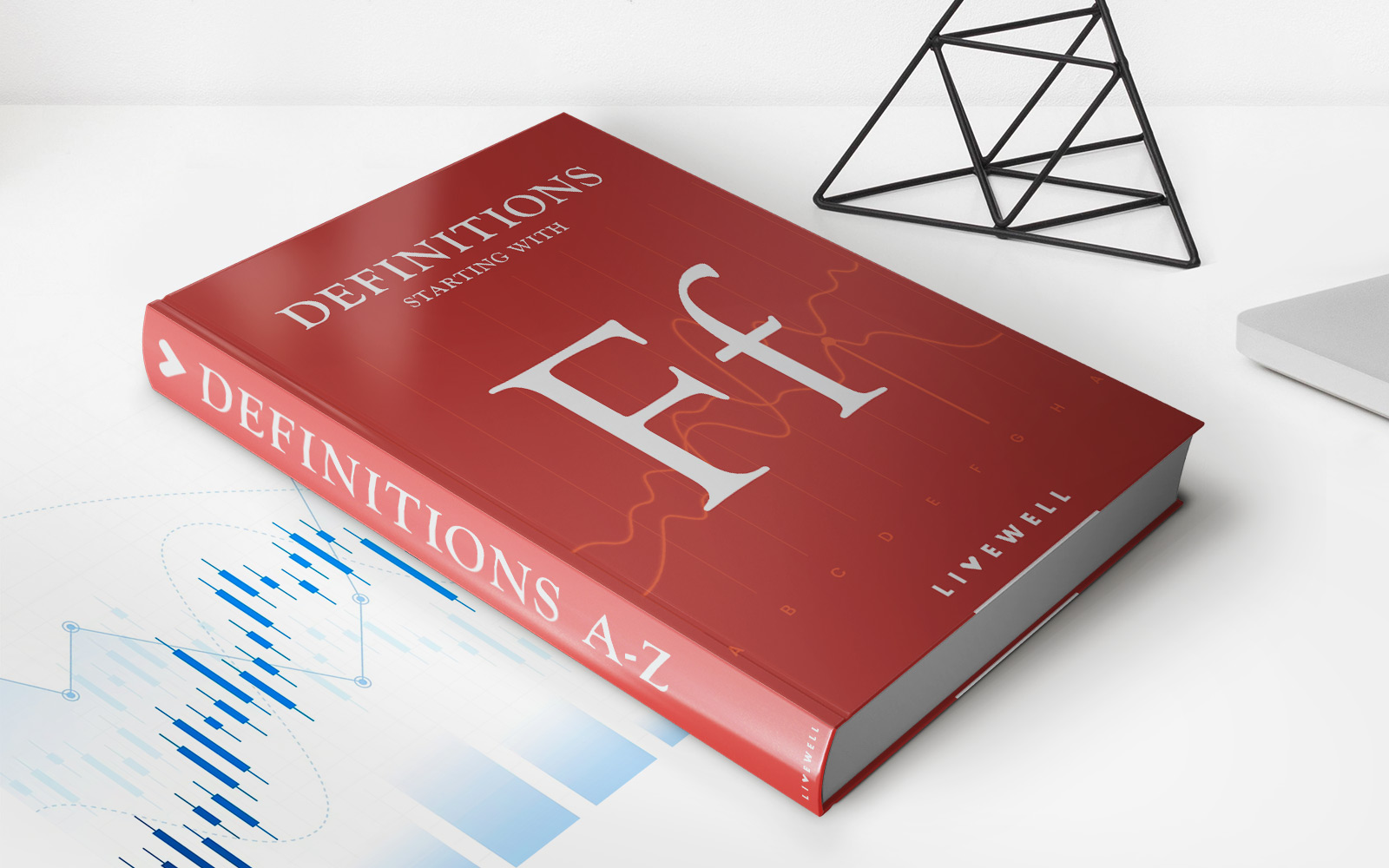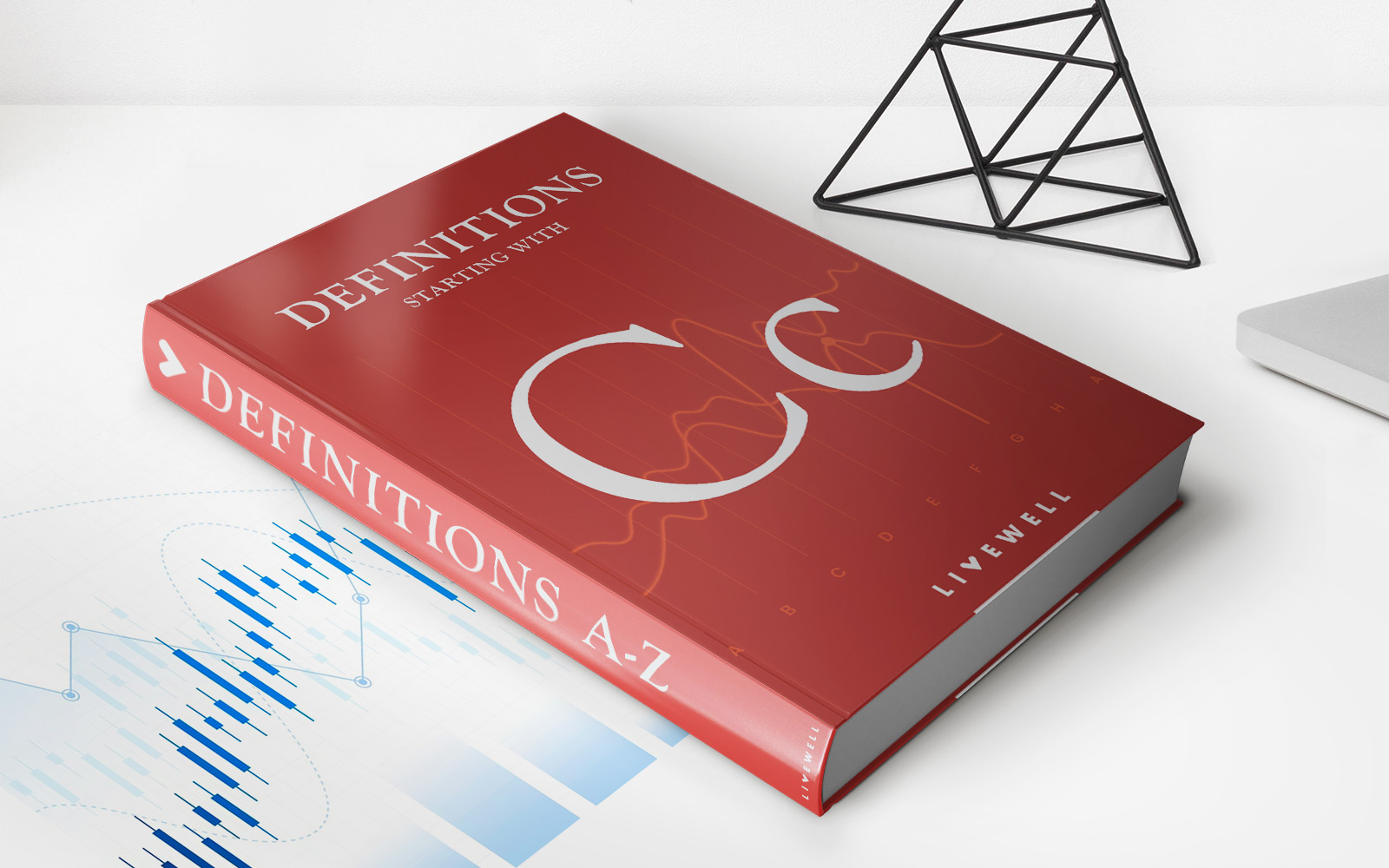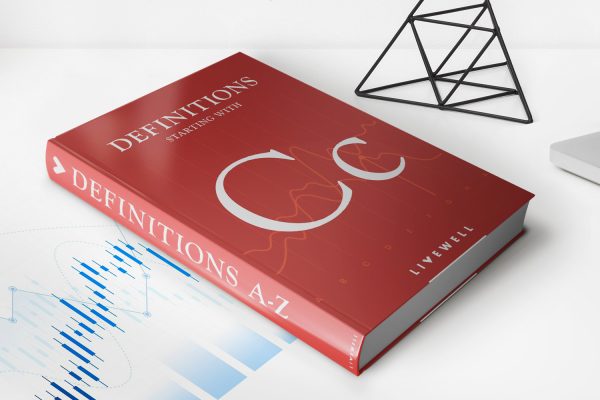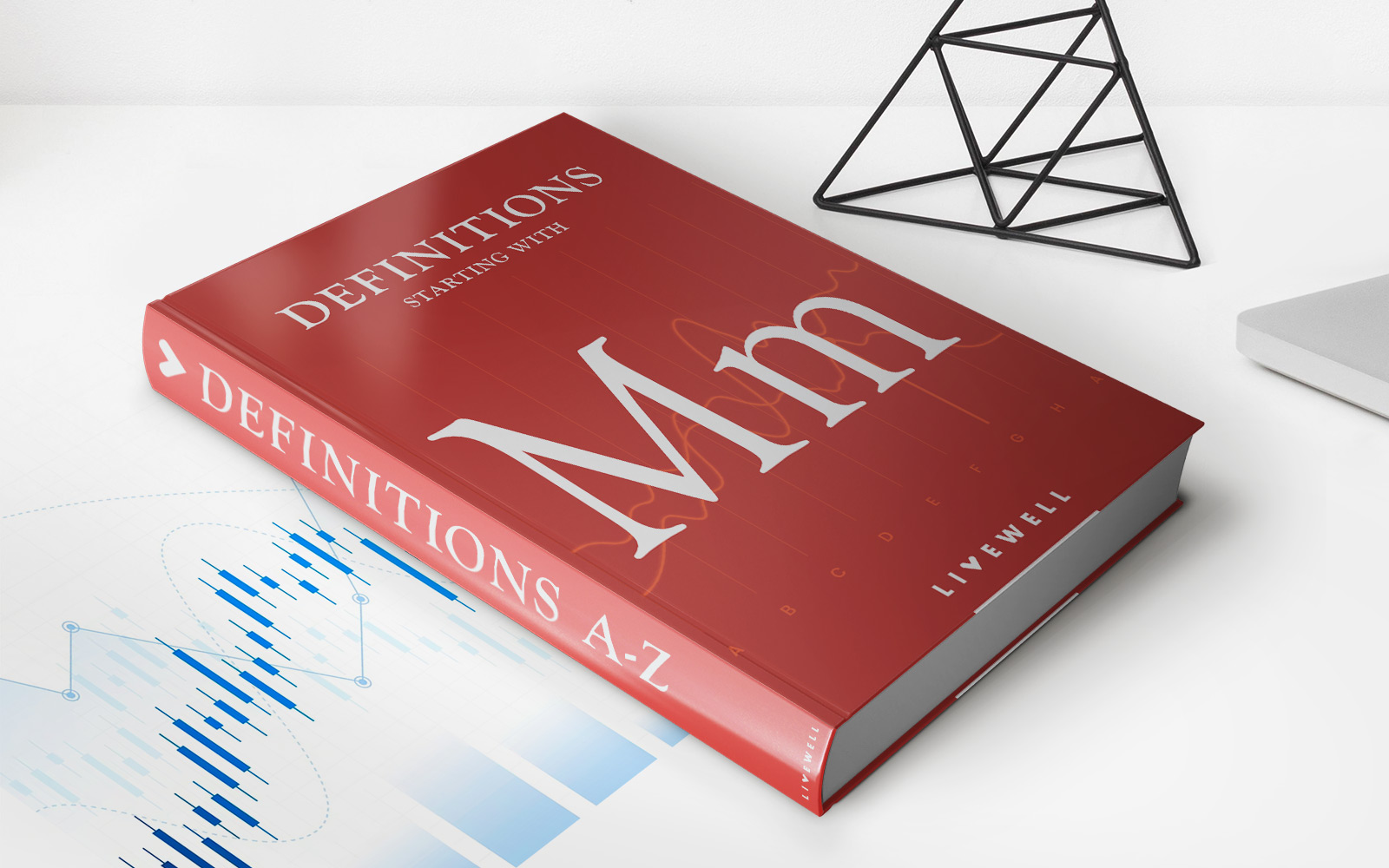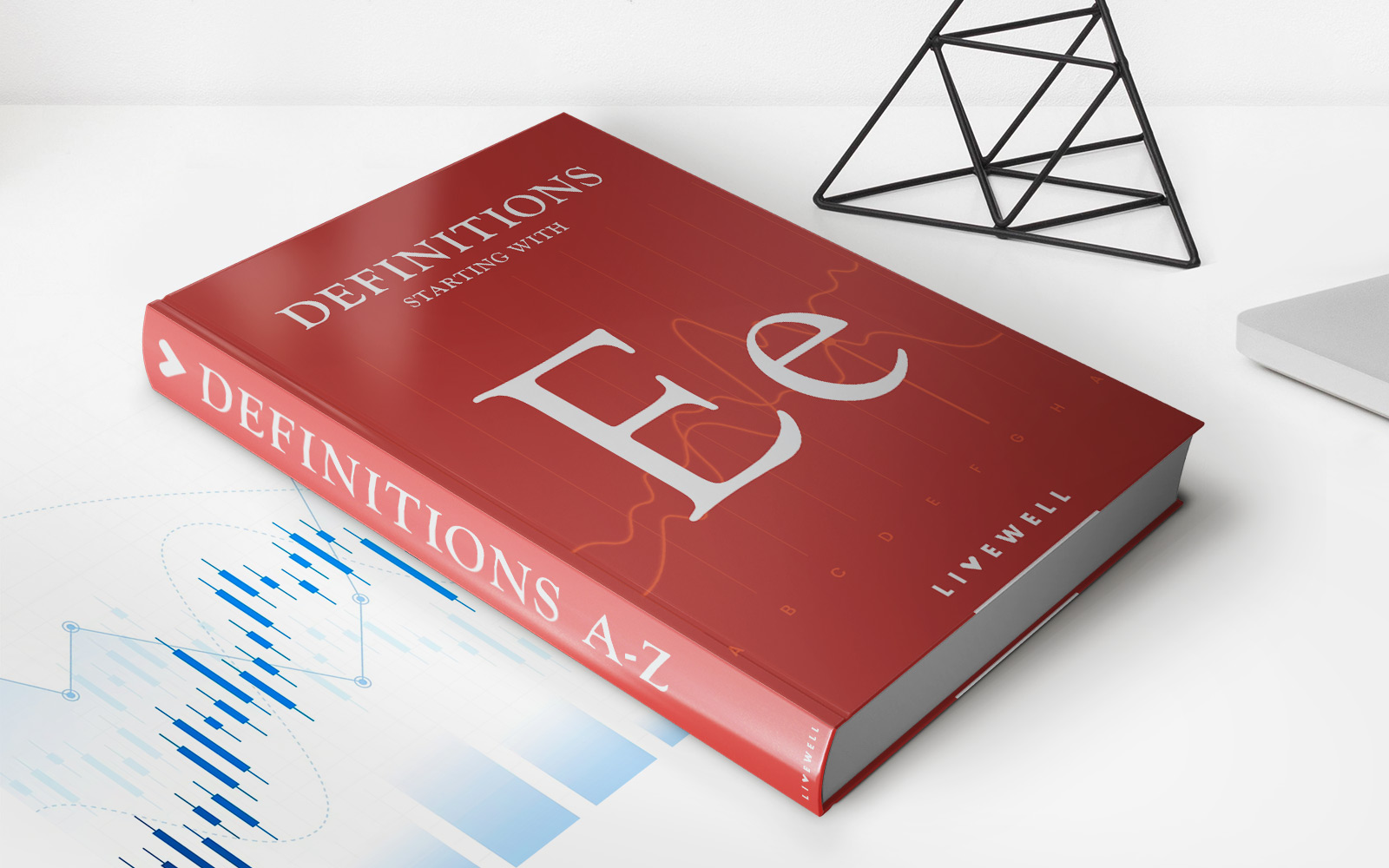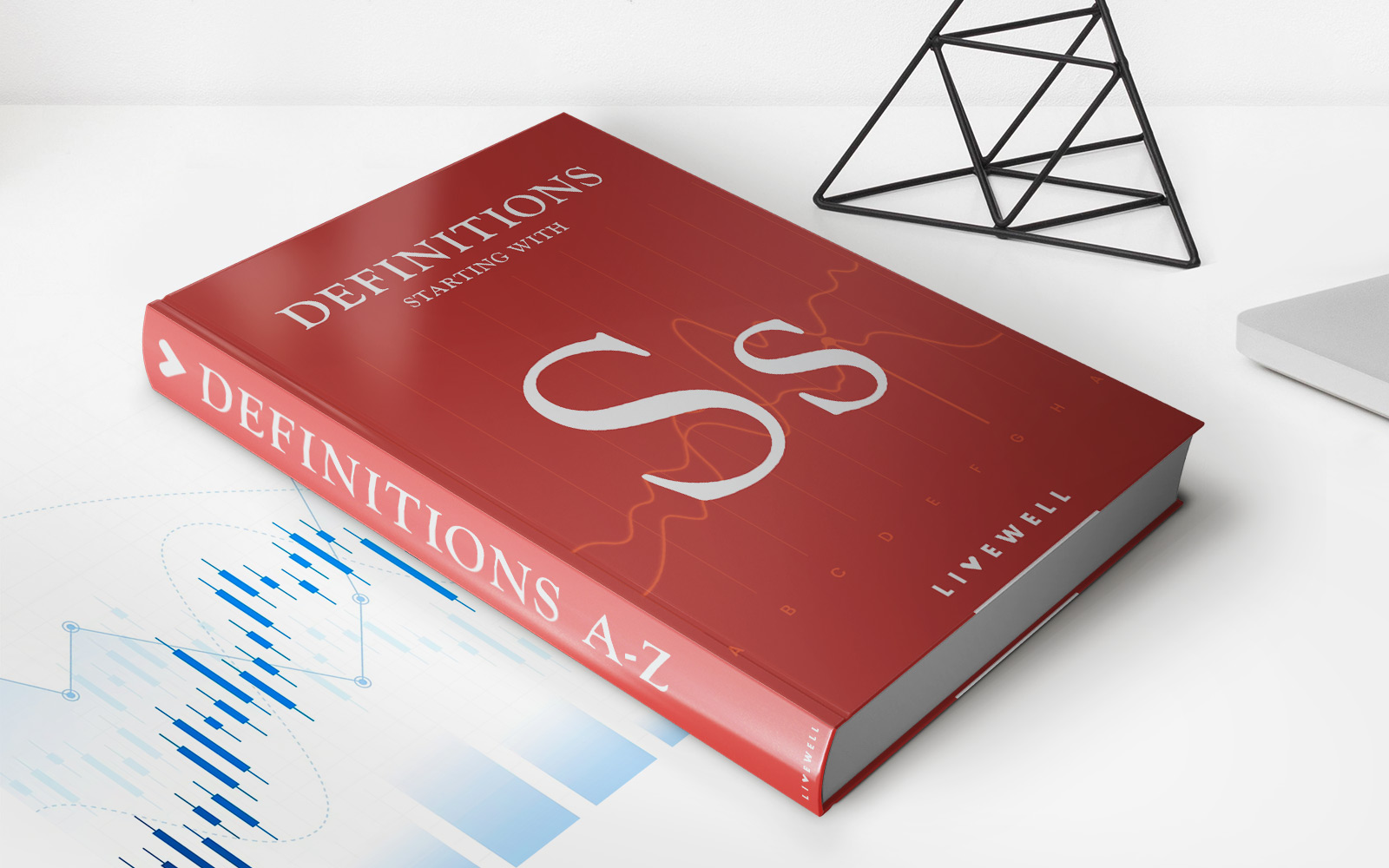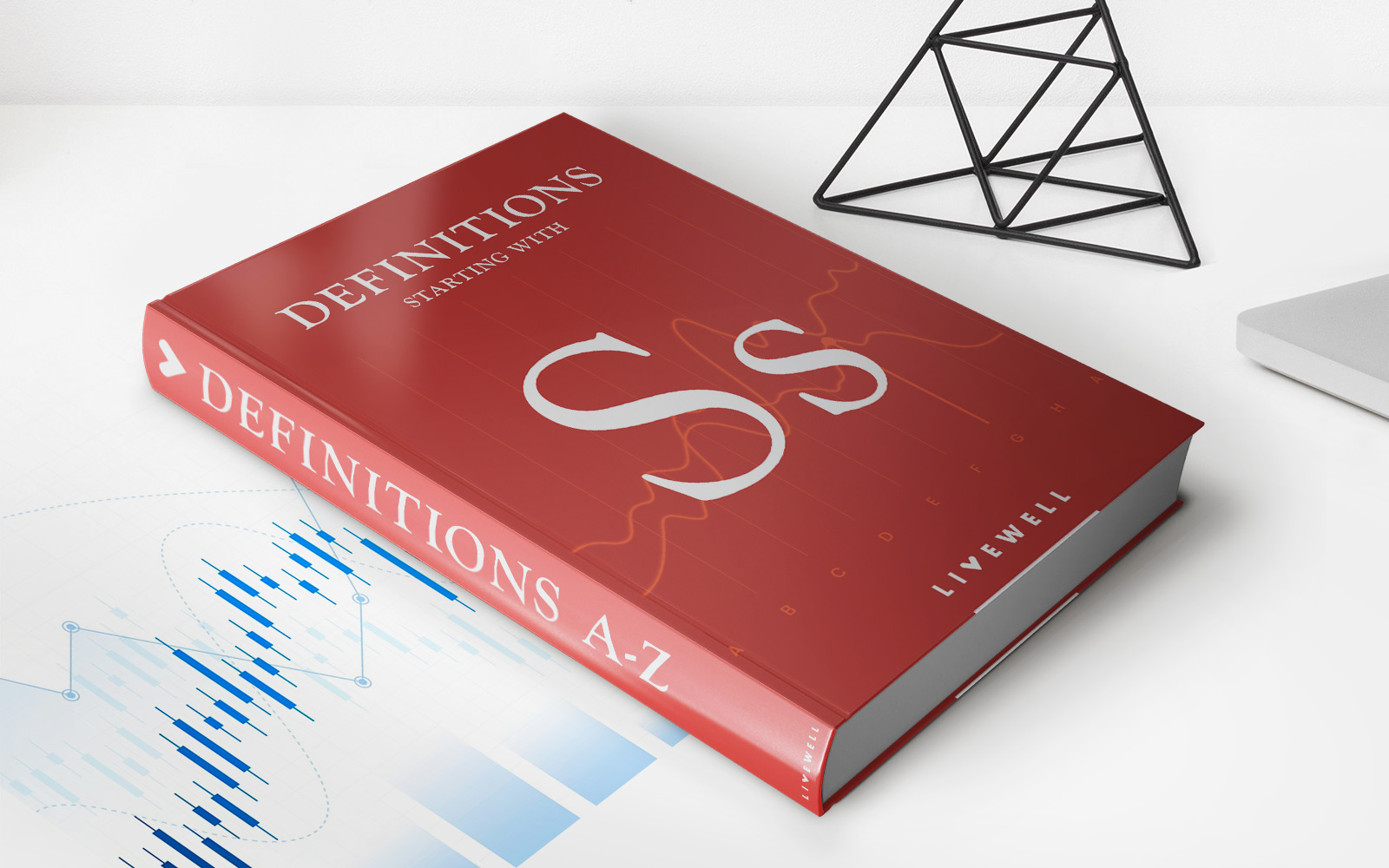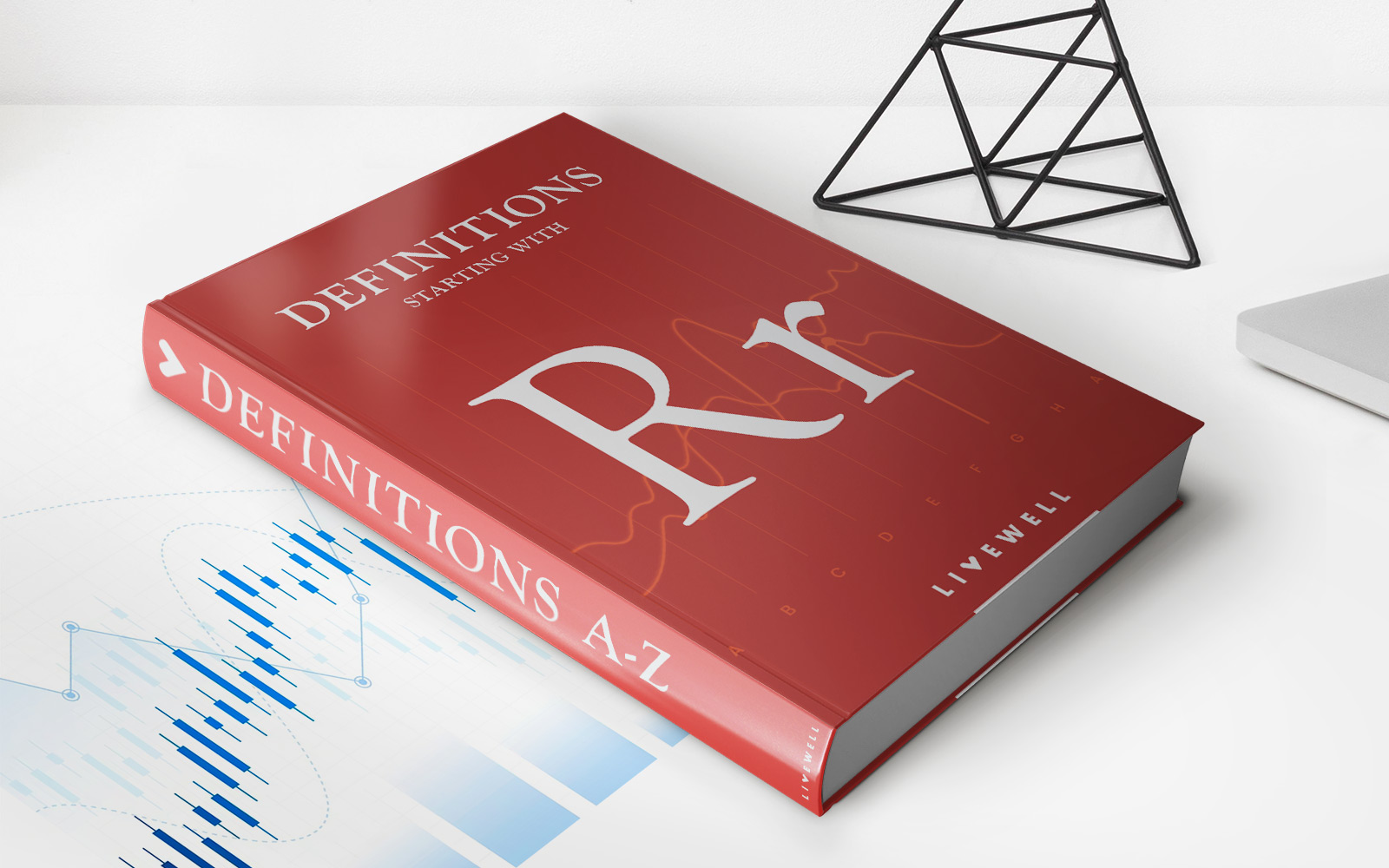Home>Finance>Secular Market: Definition Vs. Cyclical, How It Works And Example
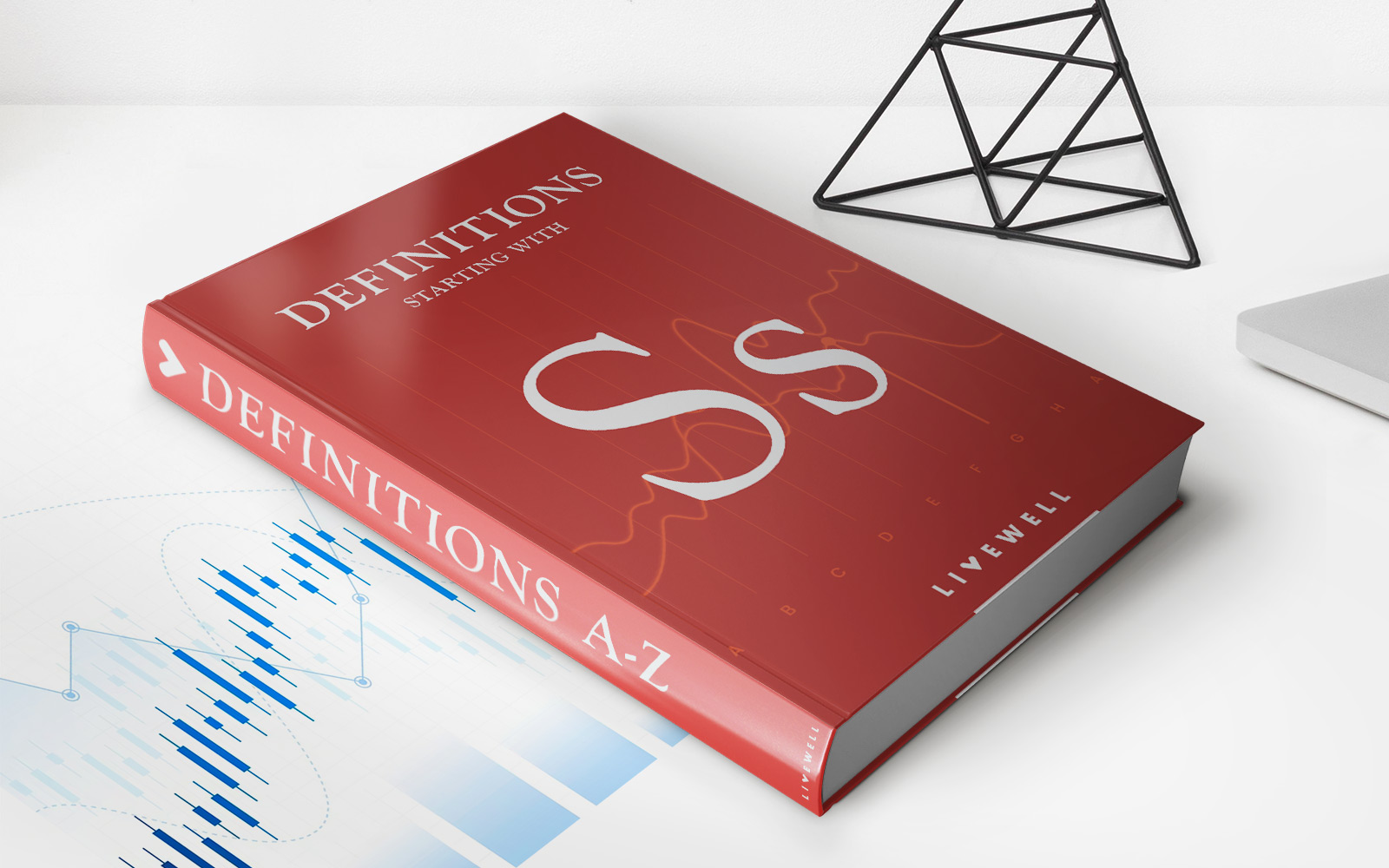

Finance
Secular Market: Definition Vs. Cyclical, How It Works And Example
Published: January 26, 2024
Learn the definition of a secular market and how it differs from cyclical markets. Understand how finance works within this context, with examples to illustrate.
(Many of the links in this article redirect to a specific reviewed product. Your purchase of these products through affiliate links helps to generate commission for LiveWell, at no extra cost. Learn more)
Secular Market: Definition Vs. Cyclical, How It Works, and Example
Have you ever wondered about the long-term trends in the financial markets? Are you curious to know how certain industries or sectors perform over extended periods of time? If so, then understanding the concept of secular markets is essential. In this blog post, we will explore the definition of secular markets, compare them to cyclical markets, delve into how they work, and provide an example to enhance your understanding. So let’s dive in!
Key Takeaways:
- Secular markets are long-term trends in the financial markets that can last for several years or even decades.
- Unlike cyclical markets, which are shorter-term fluctuations within secular trends, secular markets span a longer duration and have a broader impact.
Defining Secular Markets:
A secular market refers to a period of sustained growth or decline in the financial markets that establishes a long-term trend. It can last for several years or even decades. Secular markets are driven by various factors such as economic conditions, technological advancements, government policies, and demographic changes. These long-term trends can impact individual stocks, sectors, and even the overall economy.
Alternatively, cyclical markets are shorter-term fluctuations within secular trends. They occur within a specific time frame and are influenced by factors like business cycles, interest rates, and market sentiment. Cyclical markets can last for a few months to a few years and often follow a consistent pattern.
How Secular Markets Work:
Understanding how secular markets work is crucial for investors as they help identify favorable investment opportunities and potential risks. Here are the key aspects of secular markets:
- Trend Identification: Secular trends can be identified by analyzing historical price data, economic indicators, and other fundamental factors. Investors and analysts look for sustained patterns of growth or decline over an extended period to establish the existence of a secular market.
- Investment Strategy: Investors can capitalize on secular markets by aligning their investment strategy with the prevailing trend. During a secular growth market, it is beneficial to invest in sectors or industries that are poised for long-term growth. Conversely, during a secular decline market, diversifying investments and adopting defensive strategies can help mitigate potential losses.
- Market Timing: Timing the market within the context of a secular trend is challenging but essential. Investors need to identify the beginning or end of a secular market to optimize their returns. This often requires a combination of technical analysis, fundamental analysis, and a deep understanding of the underlying factors driving the trend.
Example of a Secular Market:
A classic example of a secular market is the Technology Boom of the late 1990s and early 2000s, often referred to as the Dotcom Bubble. During this period, advancements in technology and the widespread adoption of the internet led to a surge in demand for technology stocks. Companies related to the internet, e-commerce, and software experienced astronomical stock price growth. However, the bubble eventually burst in 2000, resulting in a significant decline in technology stocks and a collapse of many dotcom companies.
This example demonstrates how a secular market, driven by technological advancements, created an opportunity for investors to capitalize on the growth of the technology sector. However, it also highlights the importance of market timing and managing risks, as the subsequent decline had a profound impact on investors who failed to recognize the end of the secular trend.
Conclusion:
Understanding secular markets is vital for investors and financial professionals. By differentiating between secular and cyclical trends, investors can make informed decisions and potentially maximize their returns. Monitoring long-term trends and adjusting investment strategies accordingly can help thrive in changing market conditions. So, keep an eye out for the next secular market and position yourself to capitalize on the opportunities it presents!
